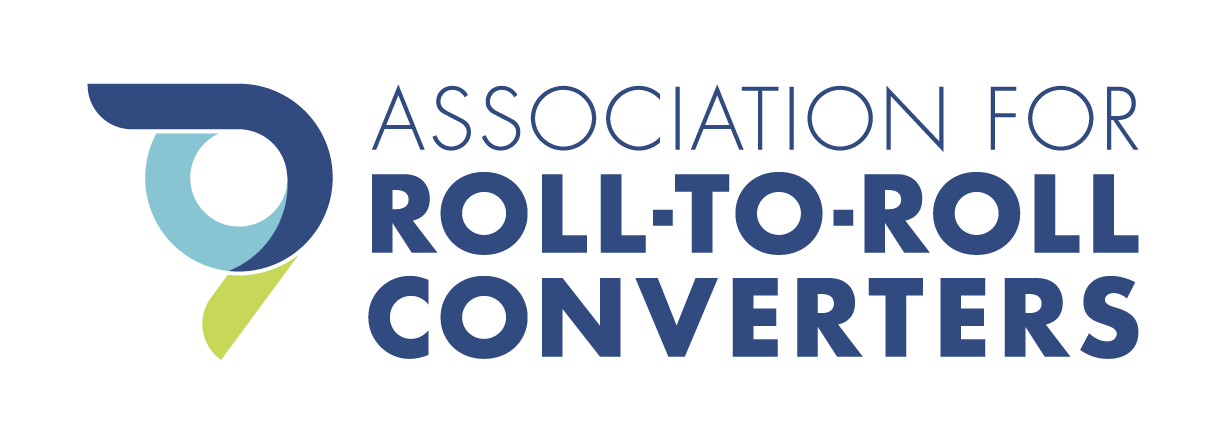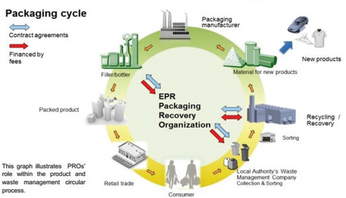Converting Quarterly
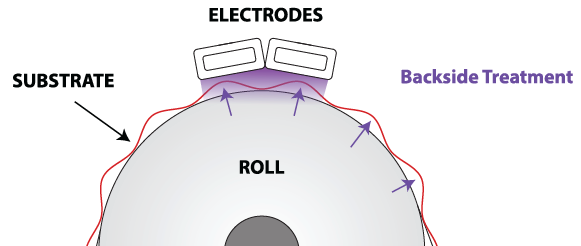
Web-handling best practices for corona treating on R2R-converting lines: Why the web path matters Paid Members Public
Did you know that poor web handling creates trouble for corona surface-treatment operations? It often is the hidden root cause of suspected treatment issues and can lead to significant downtime. As converters run higher line speeds with thinner films, greater attention is required to guarantee proper web handling. In addition
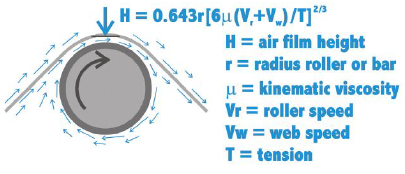
WEB WISE: What’s behind the real problems caused by air entrainment? Paid Members Public
Air entrainment is real, and it can cause real problems, but only in certain circumstances. When and where and what are the salient questions. Let us begin with the “what” of the mechanics. As seen in Figure 1, air “sticks” to both the web and the roll(er). During run,
VACUUM VERBIAGE: How can polymer marking improve packaging recycling rates? Paid Members Public
In the area of brand authentication, anti-counterfeiting and supply-chain verification, it is common to use overt or covert marking of the product or packaging. The features used for marking include colored fibers; specialist inks, such as infrared, fluorescing, color-shifting, metallic or holographic inks; barcodes; two-dimensional (snowflake) barcodes; and/or embossed
Thermoset film offers soft, high temperature-resistant stretchability for printed electronics: Part 1 Paid Members Public
A primary factor limiting the deployment of printed electronics is a dearth of application-specific substrates. Conventional thermoplastic polymer films like TPU and PET, typically employed for printed electronics, exhibit poor temperature resistance and relatively high hysteresis, creating significant challenges for printing and curing of functional materials, such as conductive pastes,
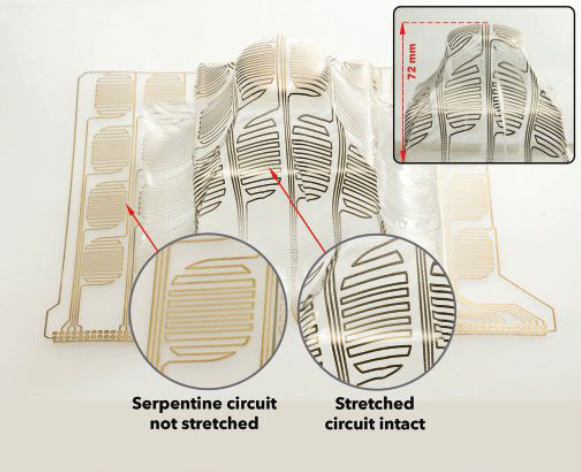
Thermoforming as a design tool in printed-electronics applications Paid Members Public
To date, the benefits of two-dimensional (2D) printed electronics have been widely realized when the printed flat components can be integrated into the target device without many design constraints. However, it often can be challenging to fit the printed 2D surfaces fully conformally onto complex surfaces of a 3D device,
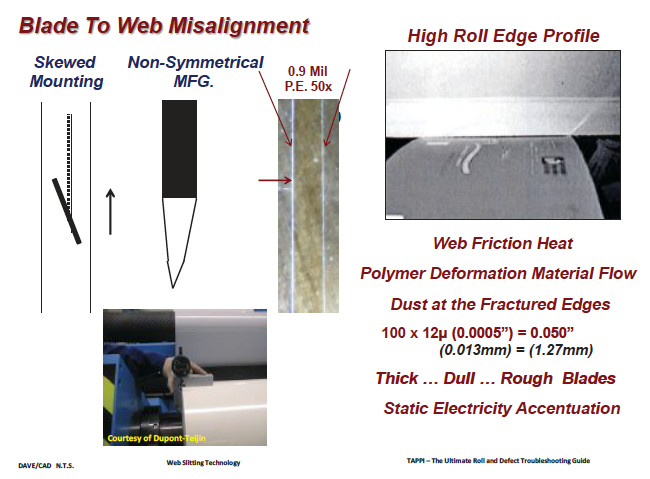
The basics of web trim slitting Paid Members Public
Why do we trim slit webs? To paraphrase the late Professor Erwin Cory, “That is a two-part question. Why? is a question that has plagued mankind since time immemorial.” Secondly, do we trim slit webs? That answer is yes. One of the reasons we trim slit is to remove baggy
Technology Watch Q4 2022 Paid Members Public
Recycle-ready PP laminate resists chemicals, fits pharma applications Constantia Flexibles (Vienna, Austria) launches PERPETUA ALTA, the first ready-to-be-recycled, monomaterial substrate based on polypropylene (PP) with high chemical resistance for pharmaceutical products. The new addition within the co.’s “Design for Recycling” guidelines is said to withstand aggressive liquid or gel
Substrate Secrets: Why, why and how do we measure substrate properties? Part 4 Paid Members Public
My last column focused on control charts, which are how we effectively use and understand the measurements we make and their impact on product quality. Now let’s get back to some film measurements. We already looked at film appearance, so the topic that I will focus on now will
